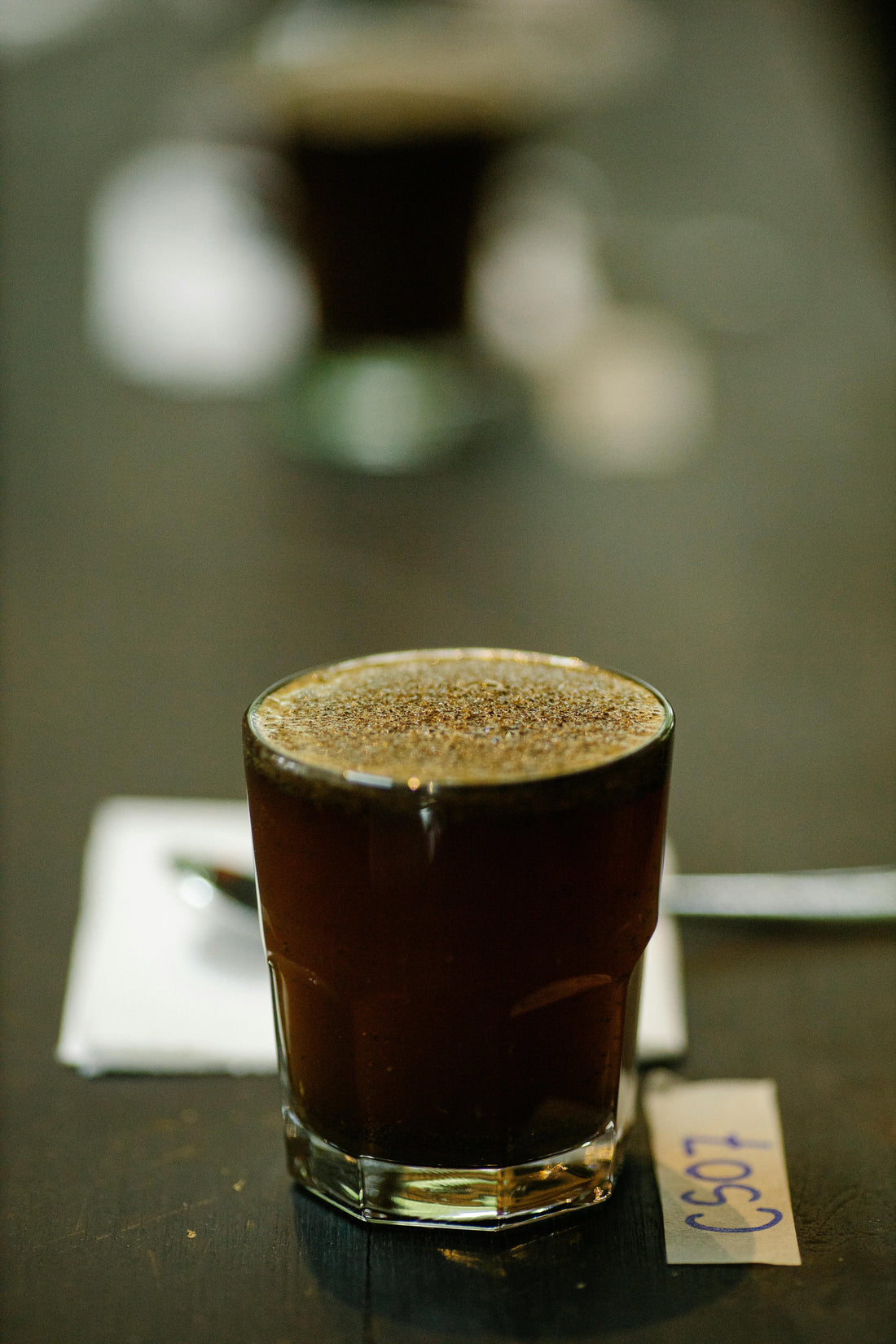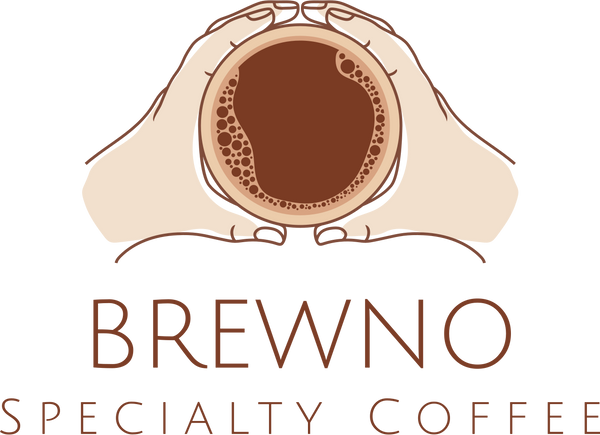
How to Taste Coffee Like a Pro | Coffee Tasting Guide Australia – Brewno
Tasting coffee like a pro isn’t just for baristas and buyers; it’s a skill any coffee lover can learn. With a few simple techniques, a little practice, and the right vocabulary, you’ll start recognising acidity, sweetness, body, and the delicate flavour notes that make specialty coffee so exciting.
Whether you’re cupping at home or trying a new single origin, this guide will walk you through a straightforward tasting method and give you tools to train your palate.
Why learn to taste coffee?
Tasting coffee helps you:
Pick beans that match your preferences.
Identify quality and defects.
Communicate flavour clearly (useful for buying, roasting, and brewing).
Get more enjoyment from every cup.
A trained palate turns vague impressions into meaningful notes: “bright lemon acidity” instead of “it’s sour.”
What you’ll need (basic setup)
Freshly roasted whole beans (roasted within 2–3 weeks).
Grinder (consistent grind is critical).
Kettle and scale.
Spoons for tasting (cupping spoons or table spoons).
Mugs or cupping bowls (150–200ml each).
Filtered water.
Timer and notebook for notes.
Plain crackers and water to cleanse the palate between samples.
Quick cupping recipe (home-friendly)
Coffee: 8.25 g per 150 ml water (standard SCA ratio) — round to 8–9 g if needed.
Water temp: 92–96°C (just off the boil).
Grind: Medium-coarse (a little coarser than filter).
Brew time: Let grounds steep; break crust at 3–4 minutes, then taste as they cool from 60–70°C downward.
This replicates professional cupping enough for practical tasting at home.
Step-by-step tasting protocol
Smell the dry grounds.
Note immediate aromas: floral, chocolate, citrus, earth, spice. Dry aroma primes your brain for what’s coming.
Pour hot water and let steep.
Pour to fully saturate grounds, allow a crust to form. Set your timer.
Break the crust (3–4 minutes).
Use a spoon to gently break and inhale deeply; this releases intense aromas (wet aroma). Record impressions.
Skim and cool slightly.
Remove floating grounds and let the cup cool for a minute. Hot slurps are next.
Slurp (the pro move).
Use a spoon to slurp quickly; this aerates the coffee across your palate and helps you detect acidity, sweetness, body and flavour. Don’t be shy: loud slurps are fine.
Evaluate in this order:
Aroma / Fragrance: floral? nutty? spicy?
Acidity: bright (lemon), crisp (green apple), or soft (orange).
Sweetness: sugar-like, caramel, honey.
Body (mouthfeel): thin, syrupy, creamy.
Flavour notes: specific fruits, chocolate, floral, herbal, etc.
Aftertaste / Finish: short or lingering? pleasant or bitter?
Balance: do acidity, sweetness and body harmonise?
Take notes and compare.
Taste multiple coffees side-by-side to sharpen discrimination.
Practical tasting vocabulary (starter list)
Acidity: lemon, lime, green apple, malic, citric.
Sweetness: honey, brown sugar, caramel, molasses.
Body: thin, medium, full, syrupy, creamy.
Flavour families: floral (jasmine, bergamot), fruity (berry, stone fruit), nutty (almond, hazelnut), chocolatey (cocoa, dark chocolate), spicy (clove, cinnamon), herbal (tea-like, rosemary).
Aftertaste: clean, lingering, astringent, bittersweet.
Use a flavour wheel (look one up or download) to expand vocabulary; the more words you have, the more precise your notes.
Common tasting mistakes & how to avoid them
Drinking too hot: hot coffee masks subtleties; taste as it cools through 60–70°C.
Rushing: take time to smell between sips and reset your palate with water.
Using flavored food/strong toothpaste before tasting: they dull your senses; avoid for an hour before cupping.
Inconsistent grind/brew: always standardise method when comparing coffees.
Exercises to train your palate
Single-variable practice: brew the same coffee at two different roast levels or grind sizes and compare.
Blind tasting: have a friend brew two coffees unlabeled; try to identify origin or roast profile.
Daily flavour list: taste one coffee a day and write three words that describe it; after a month, you’ll notice vocabulary growth.
How to score (simple 50-point scale)
Use a lightweight rubric for friendly comparisons:
Aroma/Fragrance: 0–10
Flavor: 0–10
Aftertaste: 0–10
Acidity & Sweetness: 0–10
Body & Balance: 0–10
Total out of 50; this gives a quick, repeatable benchmark for improvement.
Putting it into practice with Brewno beans
Try tasting contrasting Brewno coffees side-by-side:
Ethiopian Yirgacheffe (light, floral, citrus) vs
Bean There, Dripped That (bright, citrus with chocolate sweetness)
Compare aroma, acidity, body and finish; you’ll clearly see how origin and roast shape the cup.
Final Sip
Tasting coffee like a pro is approachable; start with a simple cupping setup, learn a handful of descriptors, and practice regularly. Over weeks you’ll notice sharper perception and a richer vocabulary to describe what you love in a cup. Most importantly: have fun exploring; every espresso, pour-over or cupping is an opportunity to discover something new.
